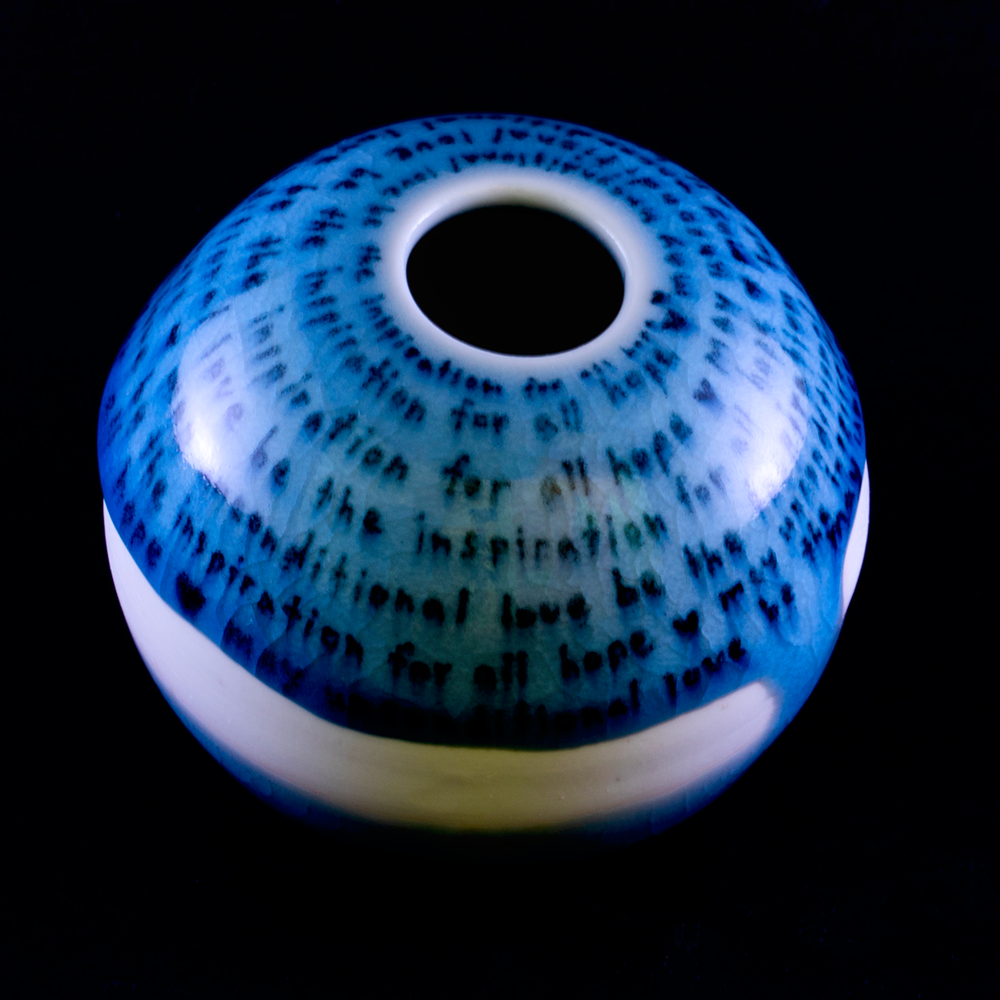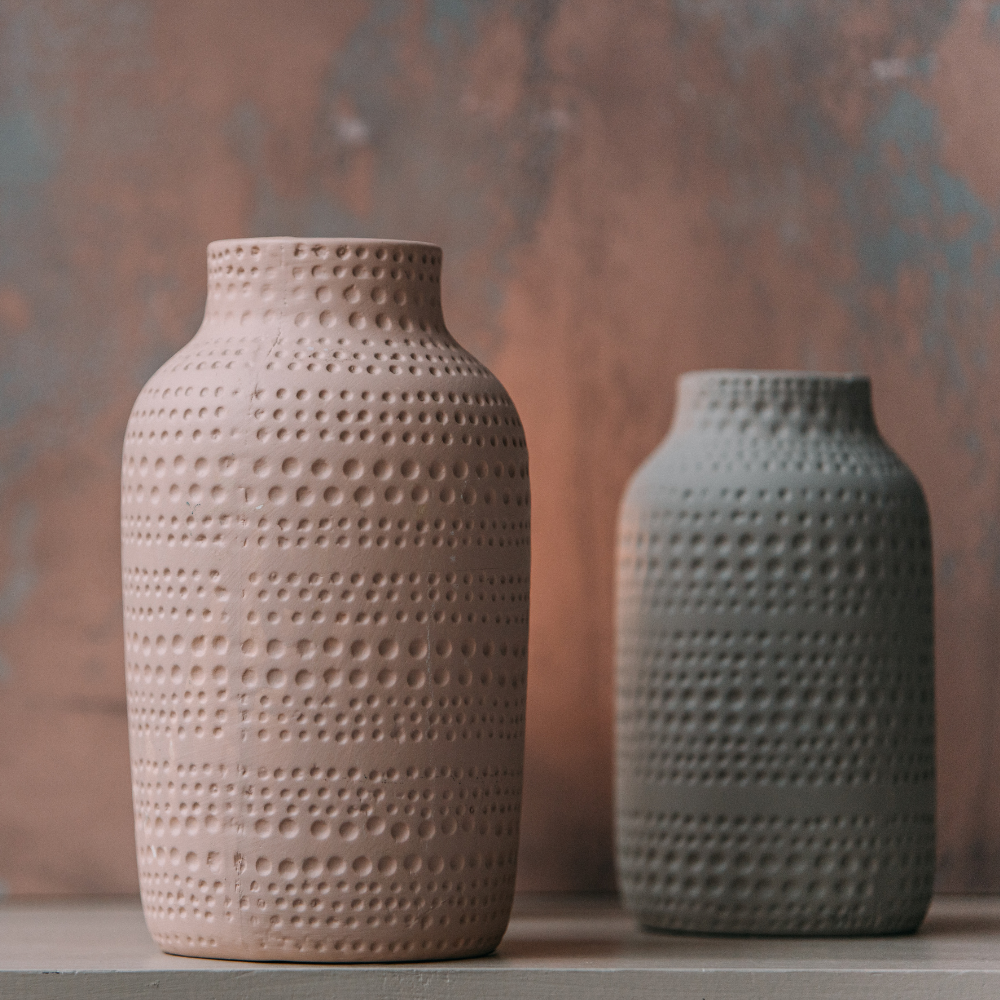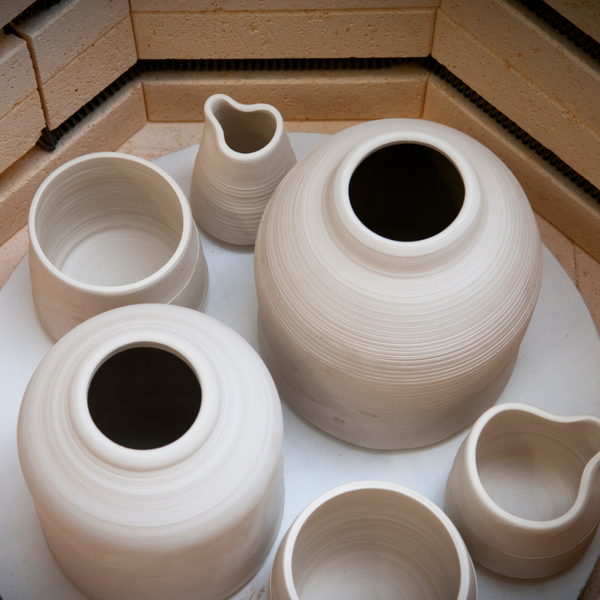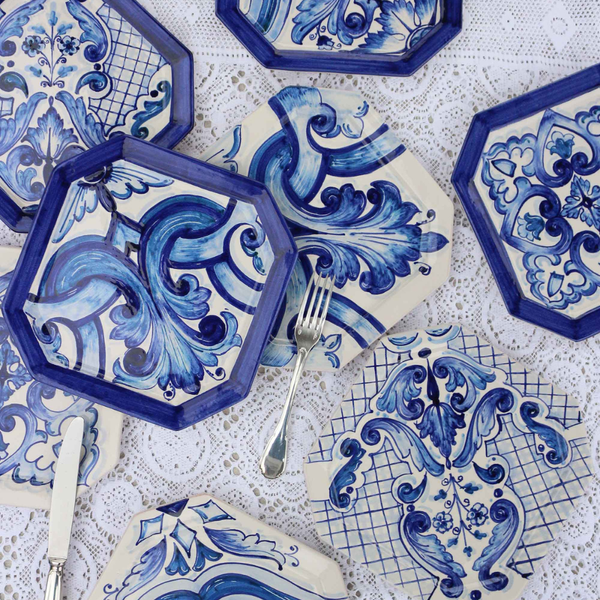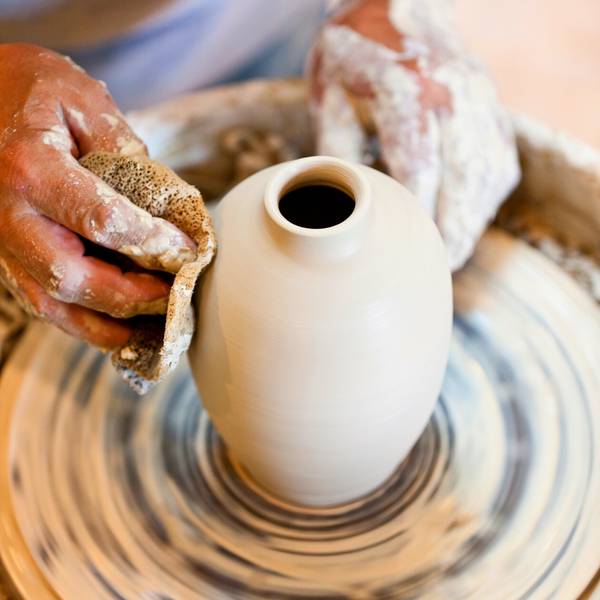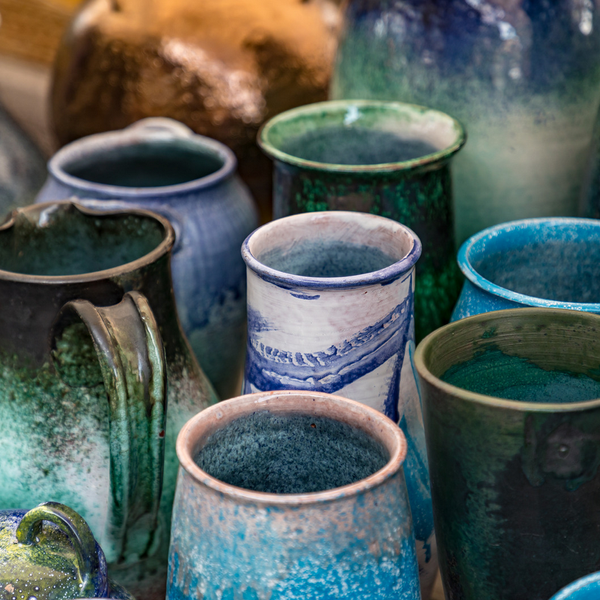Ceramics have woven themselves into the fabric of human history, from ancient pottery shards to cutting-edge technology.
But have you ever wondered why we call it "ceramics"?
Join us as we explore the captivating origins, evolution, and significance of this versatile material.
This article delves into the origins, evolution, and significance of ceramics, providing a comprehensive understanding of this versatile material.
Discover the journey of pottery and ceramics and gain a deeper appreciation for its enduring impact on our world.
Key Takeaways:
- The term "ceramics" originates from the Greek word "keramos," meaning "potter's clay" or "pottery."
- Ceramics encompass a wide range of materials, from traditional pottery to advanced ceramics used in modern technology.
- The evolution of ceramics from ancient pottery to contemporary applications highlights its significance in both art and science.
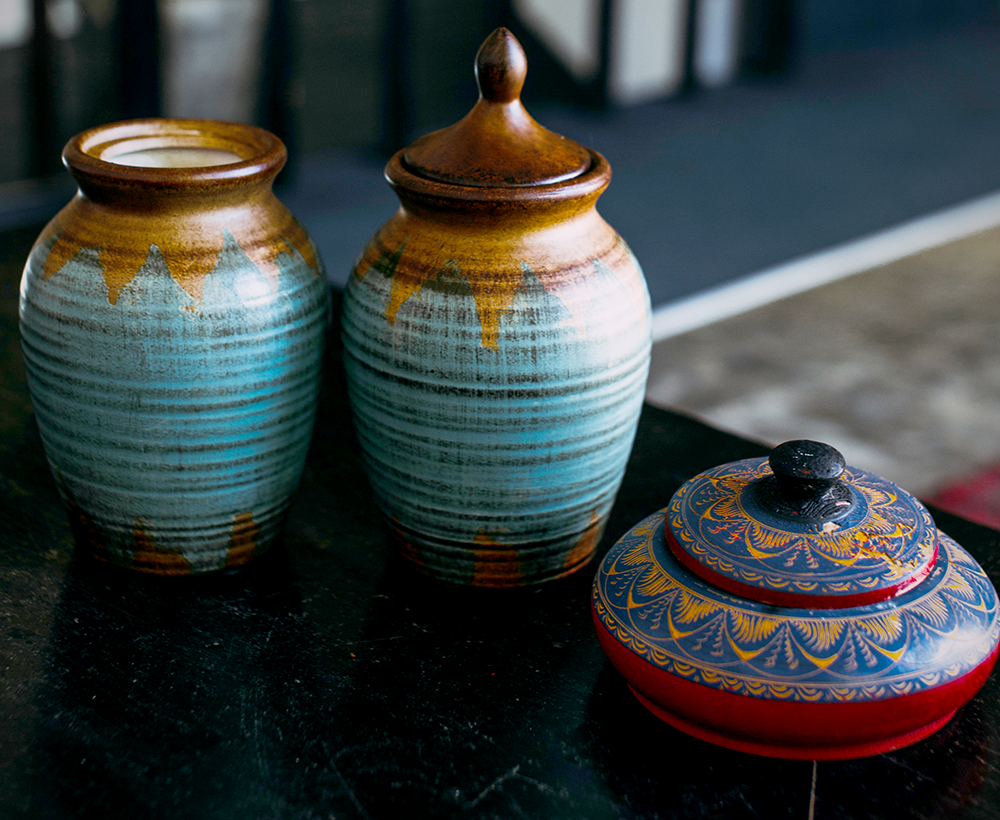
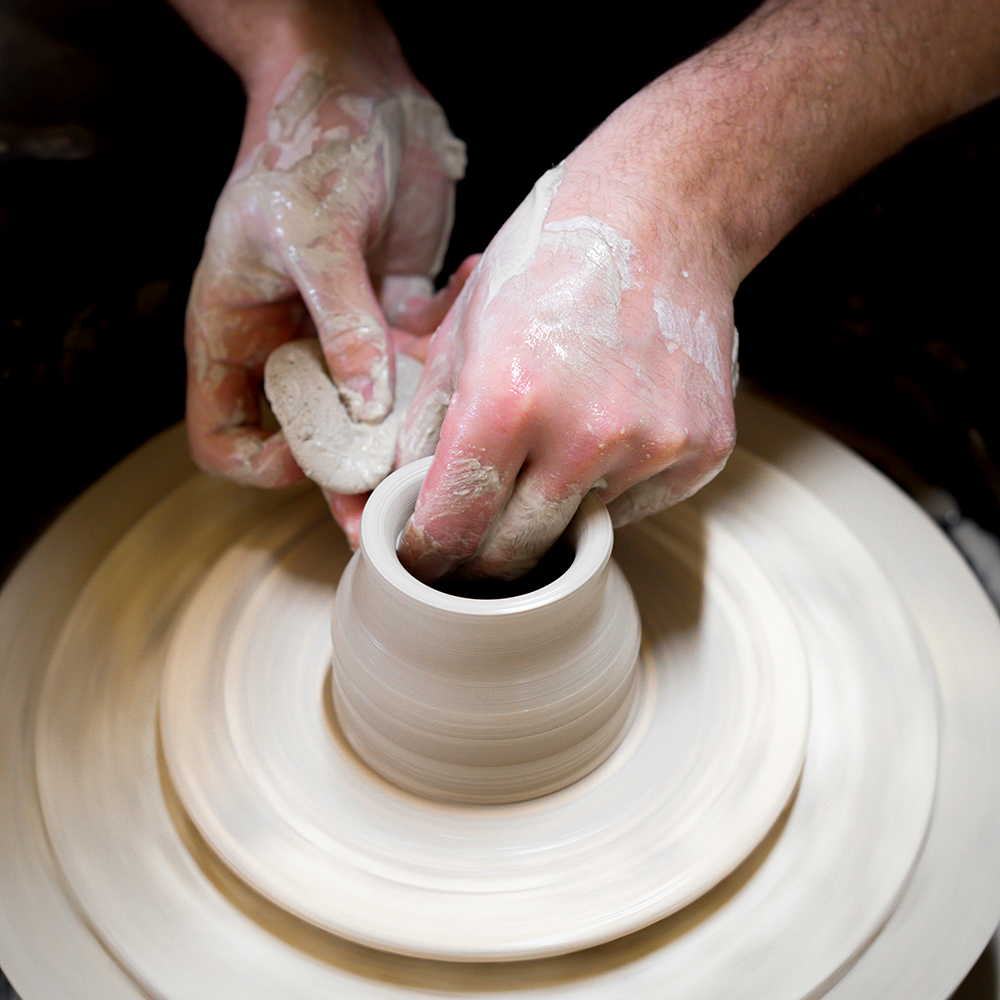

Origin of the Word "Ceramic"
The term "ceramics" is derived from the Greek word "keramos," which means "potter's clay" or "pottery."
This word itself has roots in the older Sanskrit term "kṛṣṇā," which refers to the act of mixing or kneading clay.
The ancient Greeks were among the first to recognize the unique properties of clay and its potential for creating durable and functional objects.
The word "ceramic" was later adopted by the Romans, who further developed ceramic techniques and expanded their use across the empire.
The term has since evolved to encompass a wide range of materials and applications, from traditional pottery to advanced ceramics used in modern technology.
Traditional Ceramics: The Beginnings
Traditional ceramics refer to the earliest forms of ceramic materials, primarily made from natural clay and other raw materials.
These ceramics were typically used for creating pottery, cooking pots, and other functional objects.
The Neolithic period marked the beginning of ceramic pottery, with early humans discovering the benefits of firing clay to create durable and water-resistant vessels.
One of the most significant advancements in traditional ceramics was the development of glazed pottery.
By applying a layer of molten glass to the surface of clay objects, ancient potters were able to create smooth, glossy finishes that were not only aesthetically pleasing but also provided additional protection against moisture and wear.
Evolution of Ceramic Pottery
As civilizations advanced, so did ceramic techniques.
The invention of the pottery wheel allowed for more precise and intricate designs, while the discovery of higher temperature firing methods enabled the creation of stronger and more durable ceramics.
Stoneware pottery, for example, is fired at very high temperatures, resulting in a dense and vitrified material that is resistant to chipping and cracking.
The use of different types of clay, such as ball clay, kaolin clay, and fine white clay, also contributed to the diversity of ceramic products.
Each type of clay has unique properties that affect the final outcome of the ceramic object, from its color and texture to its strength and durability.
Modern Ceramics: Advanced Materials
In the 20th century, the field of ceramics expanded beyond traditional pottery to include advanced ceramic materials.
These materials are engineered to have specific properties, such as high hardness, mechanical strength, and electrical resistance, making them ideal for a wide range of industrial and technological applications.
Advanced ceramics are used in everything from aerospace components to medical implants.
For example, bio ceramics, made from materials like calcium phosphate, are used in bone grafts and dental implants due to their biocompatibility and ability to integrate with natural bone.
Similarly, transparent ceramics, such as aluminium oxide, are used in optical applications due to their clarity and resistance to thermal shock.

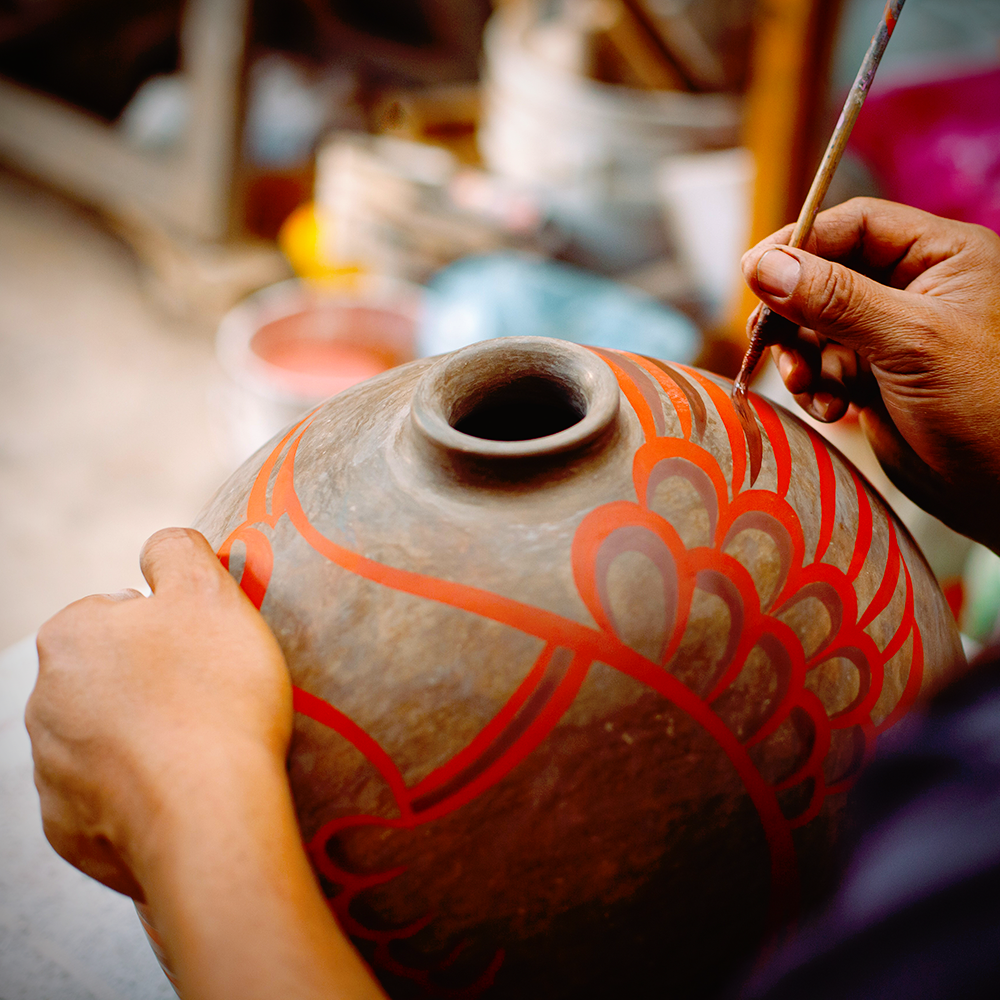
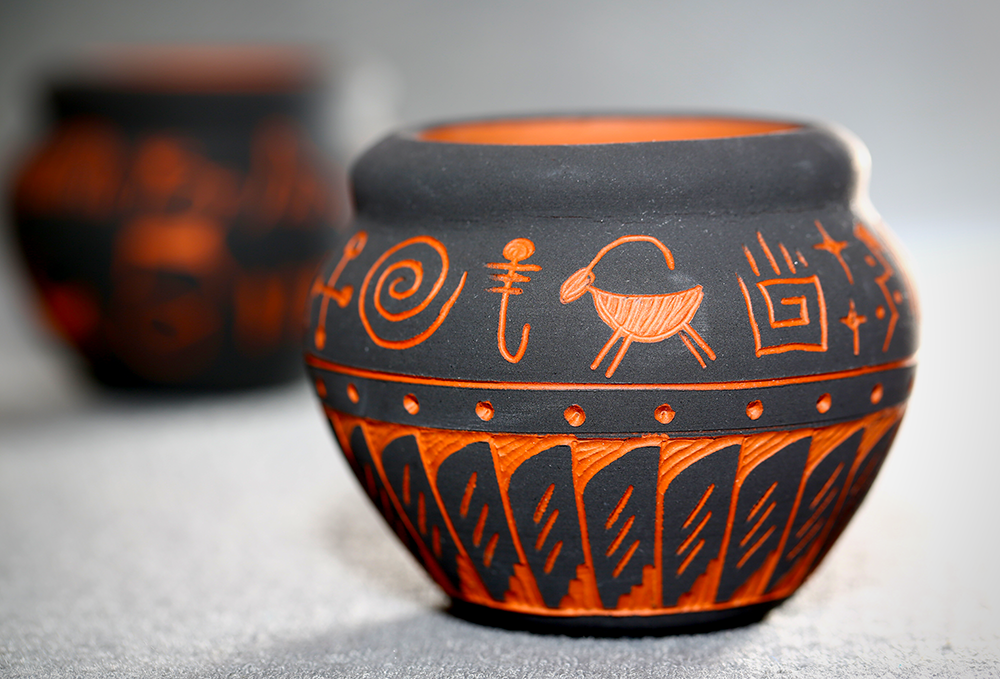
Role of Ceramics in Art and Culture
Ceramics have always been a medium for artistic expression.
From ancient art objects and decorative objects to contemporary fine art, ceramic artists have used this versatile material to create works that are both beautiful and functional.
The unique properties of ceramics, such as their ability to be molded into intricate shapes and their durability, make them an ideal medium for artistic exploration.
Ceramic artifacts found in archaeological sites provide valuable insights into the cultures and societies that created them.
These objects often depict scenes from daily life, religious rituals, and mythological stories, offering a glimpse into the past and the role that ceramics played in shaping human history.
Science Behind Ceramics
The study of ceramics falls under the broader field of materials science, which examines the properties and behavior of different materials.
Ceramics are typically composed of non-metallic materials, such as clay, metal oxides, and silicon carbide, which are subjected to high temperatures to achieve their final form.
The physical properties of ceramics, such as their high hardness, thermal resistance, and electrical insulation, are a result of their crystalline structure.
This structure is formed during the firing process, where the raw clay and other materials are heated to a critical temperature, causing them to undergo chemical and physical changes.
Ceramic Techniques and Processes
There are several techniques and processes used in the creation of ceramic objects.
One of the most common methods is wheel forming, where a lump of clay is shaped on a rotating pottery wheel.
This technique allows for precise control over the shape and thickness of the ceramic object.
Another popular method is slab construction, where flat pieces of clay are cut and assembled to create more complex shapes.
This technique is often used for creating larger objects, such as wall tiles and ceramic tiles, as well as for artistic expression.
Firing Process
The firing process is a critical step in the creation of ceramics.
During this process, the clay body is subjected to high temperatures, causing it to harden and become more durable.
There are several stages of firing, including bisque firing and glaze firing.
Bisque firing is the initial firing process, where the clay object is heated to a lower temperature to remove any remaining moisture and organic materials.
This process also makes the clay more porous, allowing it to absorb glaze more effectively.
Glaze firing, on the other hand, involves heating the glazed object to a higher temperature, causing the ceramic glaze to melt and form a smooth, glassy surface.
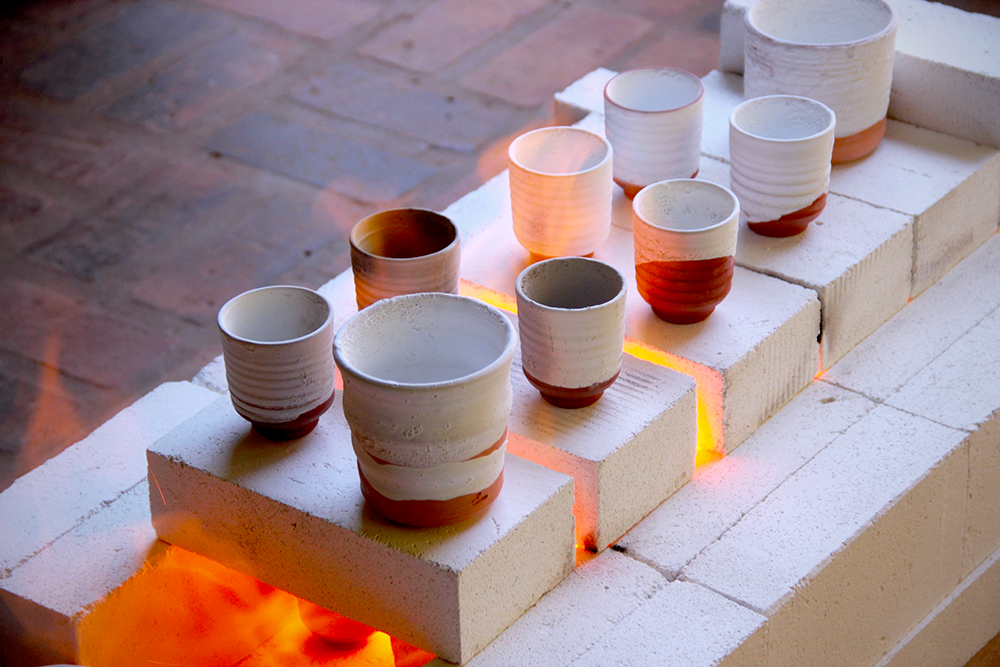

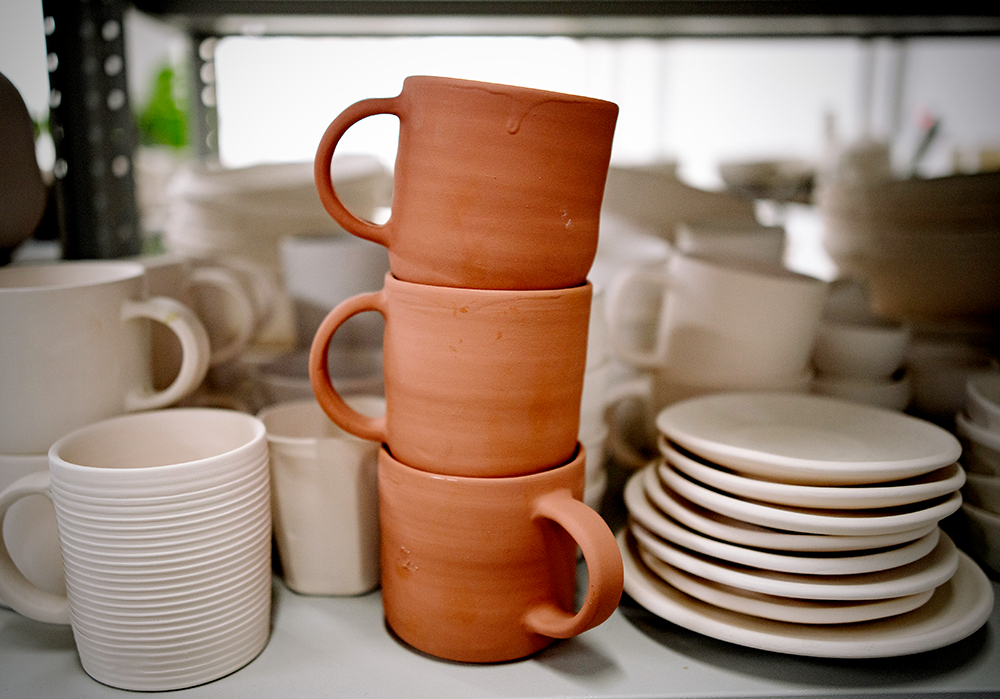
Impact of World War II on Ceramics
World War II had a significant impact on the development of ceramics.
The demand for advanced materials for military applications led to significant advancements in ceramic technology.
For example, the development of silicon nitride and other advanced ceramic materials provided the necessary strength and durability for use in high-stress environments, such as aircraft engines and armor plating.
The post-war period also saw a renewed interest in ceramics as an art form, with many artists exploring new techniques and materials to push the boundaries of traditional ceramics.
This period of experimentation and innovation laid the foundation for the modern ceramics industry.
Environmental Impact of Ceramics
While ceramics offer many benefits, their production can have a significant environmental impact.
The extraction of raw materials, such as clay and metal oxides, can result in habitat destruction and soil erosion.
Additionally, the firing process requires large amounts of energy, contributing to greenhouse gas emissions.
However, there are efforts underway to reduce the environmental impact of ceramics.
For example, researchers are exploring the use of alternative materials, such as recycled glass and industrial waste, in the production of ceramics.
Additionally, advancements in firing technology are helping to reduce energy consumption and emissions.
Importance of Ceramics in Daily Life
Ceramics play a vital role in our daily lives, from the cooking pots and dishes we use in the kitchen to the wall tiles and ceramic tiles that adorn our homes.
Their durability, versatility, and aesthetic appeal make them an essential part of our everyday lives.
In addition to their practical uses, ceramics also hold cultural and artistic significance.
Ceramic objects, such as art objects and decorative objects, are often used to express cultural identity and artistic creativity.
These objects can serve as a reflection of the values and traditions of a particular society, providing a tangible connection to our shared human history.
Role of Ceramics in Education
Ceramics also play an important role in education, particularly in the fields of art and materials science.
Many schools and universities offer courses in ceramics, providing students with the opportunity to explore the creative and technical aspects of this versatile material.
In addition to traditional pottery techniques, students also learn about advanced ceramic materials and their applications in modern technology.
This interdisciplinary approach helps to foster a deeper understanding of the science and art of ceramics, preparing students for careers in a wide range of fields.
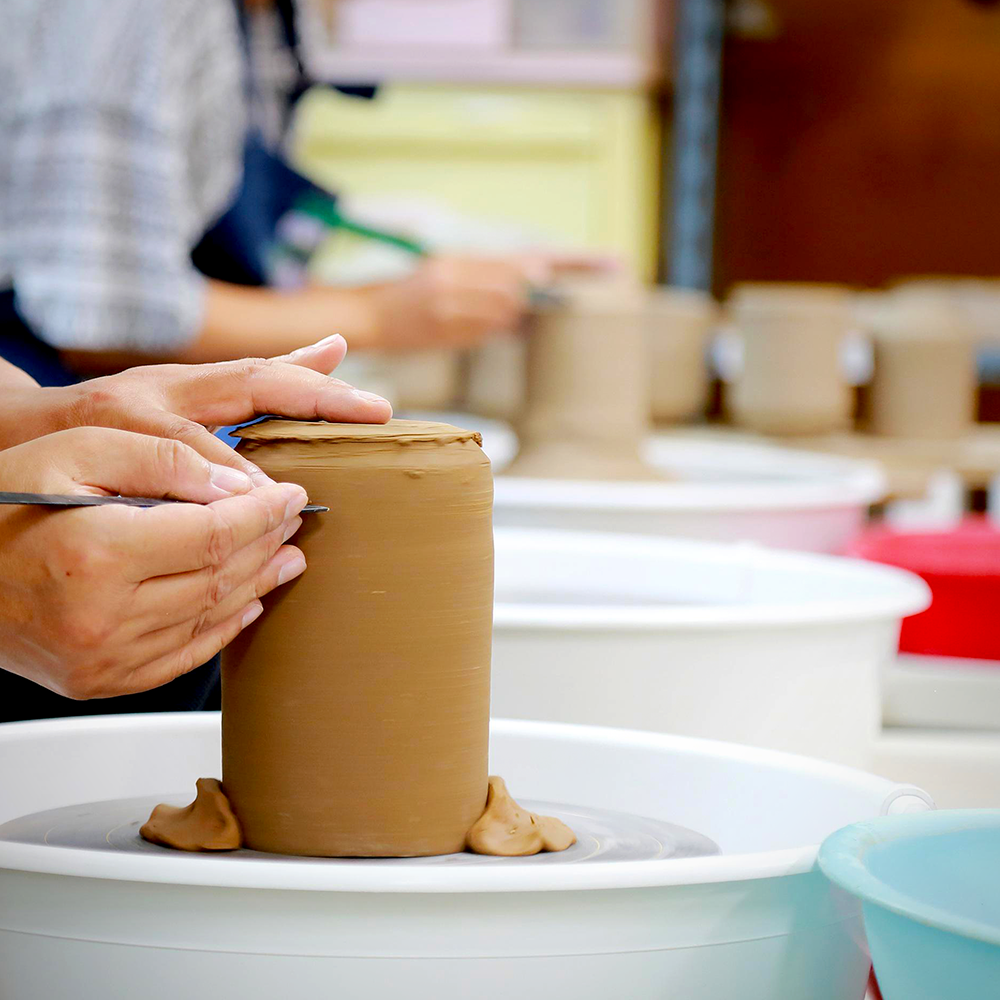

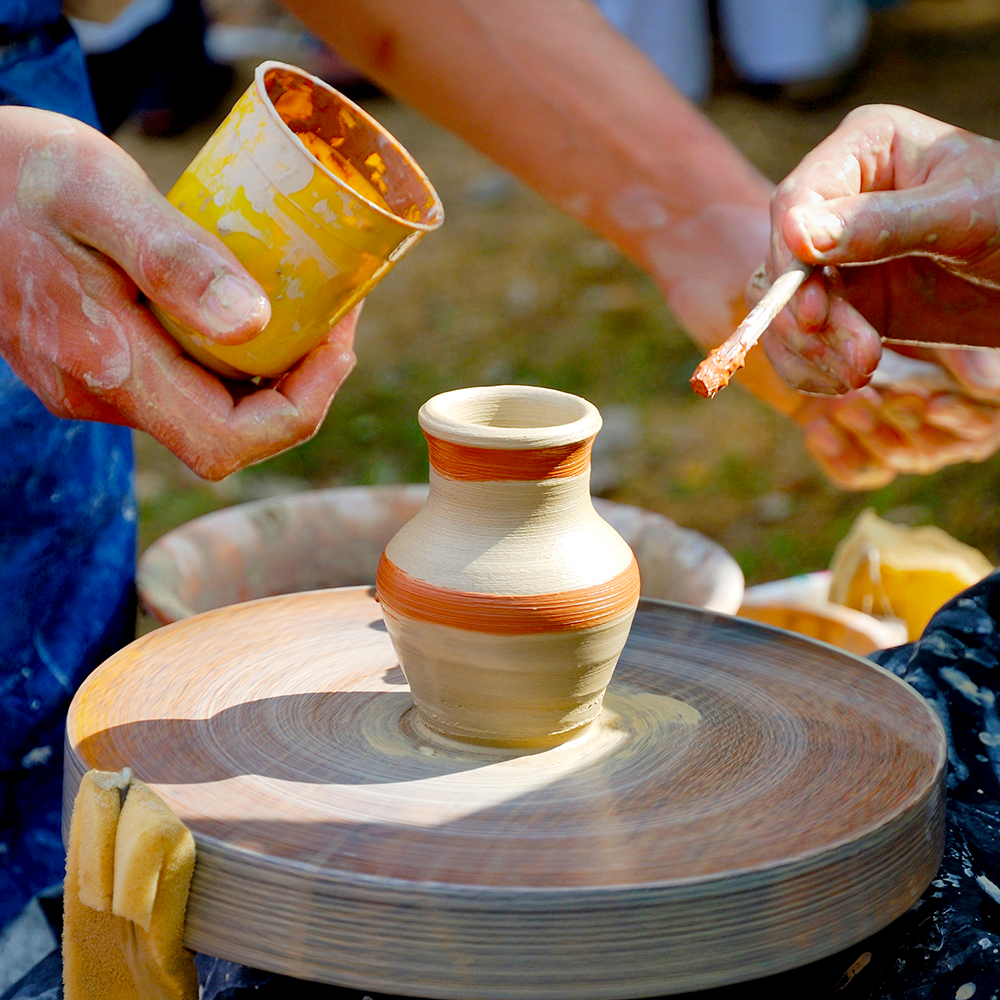
Global Influence of Ceramics
Ceramics have had a profound influence on cultures around the world.
From the intricate porcelain of China to the vibrant pottery of the Middle East, ceramics have been used to create objects of beauty and utility for thousands of years.
The global exchange of ceramic techniques and styles has also played a significant role in the development of ceramics.
For example, the introduction of kaolin clay from China to Europe in the 18th century led to the development of bone china, a type of porcelain known for its strength and translucency.
Role of Ceramics in Industry
Ceramics are used in a wide range of industrial applications, from the production of ceramic components for machinery to the creation of advanced ceramic materials for use in electronics and aerospace.
Their unique properties, such as high hardness, thermal resistance, and electrical insulation, make them ideal for use in demanding environments.
In the glass industry, ceramics are used as refractory materials, capable of withstanding the high temperatures required for melting and shaping glass.
Similarly, ceramics are used in the production of man-made glass, providing the necessary strength and durability for use in everything from windows to optical lenses.
Role of Ceramics in Medicine
Ceramics play a crucial role in the field of medicine, particularly in the development of medical implants and devices.
Bio ceramics, made from materials like calcium phosphate, are used in bone grafts and dental implants due to their biocompatibility and ability to integrate with natural bone.
In addition to their use in implants, ceramics are also used in the production of medical devices, such as pacemakers and hearing aids.
Their unique properties, such as electrical insulation and thermal resistance, make them ideal for use in these critical applications.
Role of Ceramics in Technology
Today, ceramics play a crucial role in modern technology.
Advanced ceramics are used in a wide range of applications, from electronics and telecommunications to aerospace and medical devices.
For example, ceramic components are used in the production of semiconductors, due to their excellent electrical insulation and thermal conductivity.
In the glass industry, ceramics are used as refractory materials, capable of withstanding the high temperatures required for melting and shaping glass.
Similarly, ceramics are used in the production of man-made glass, providing the necessary strength and durability for use in everything from windows to optical lenses.
Future of Ceramics
The future of ceramics is bright, with ongoing research and development leading to new and innovative applications.
For example, researchers are exploring the use of ceramics in energy storage and conversion, such as in the development of solid-state batteries and fuel cells.
The field of bio ceramics is also expanding, with new materials and techniques being developed for use in medical implants and tissue engineering.
These advancements have the potential to revolutionize the field of medicine, providing new solutions for a wide range of medical conditions.

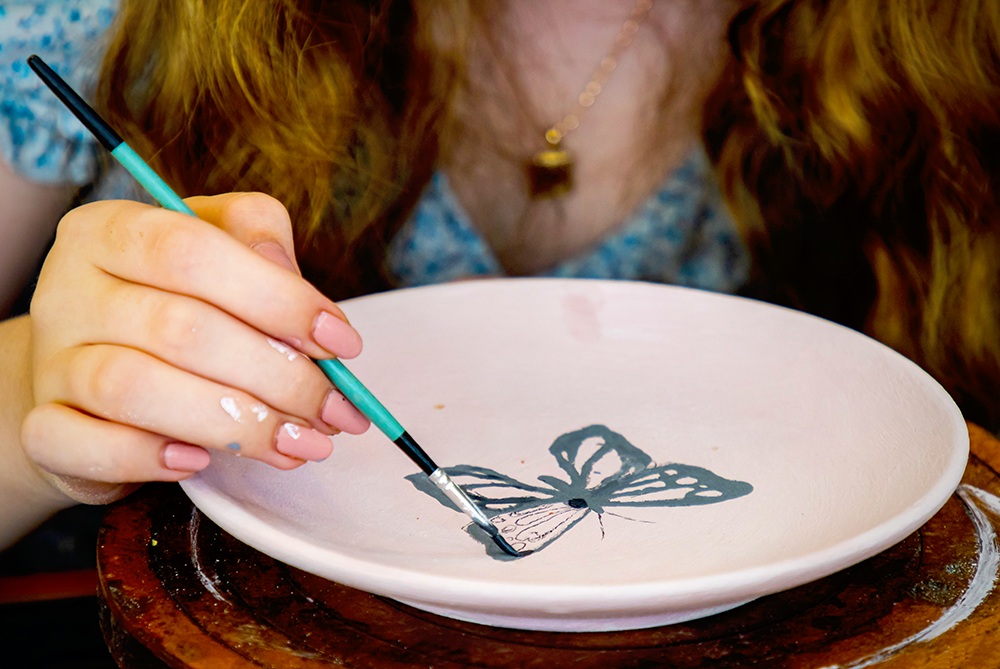
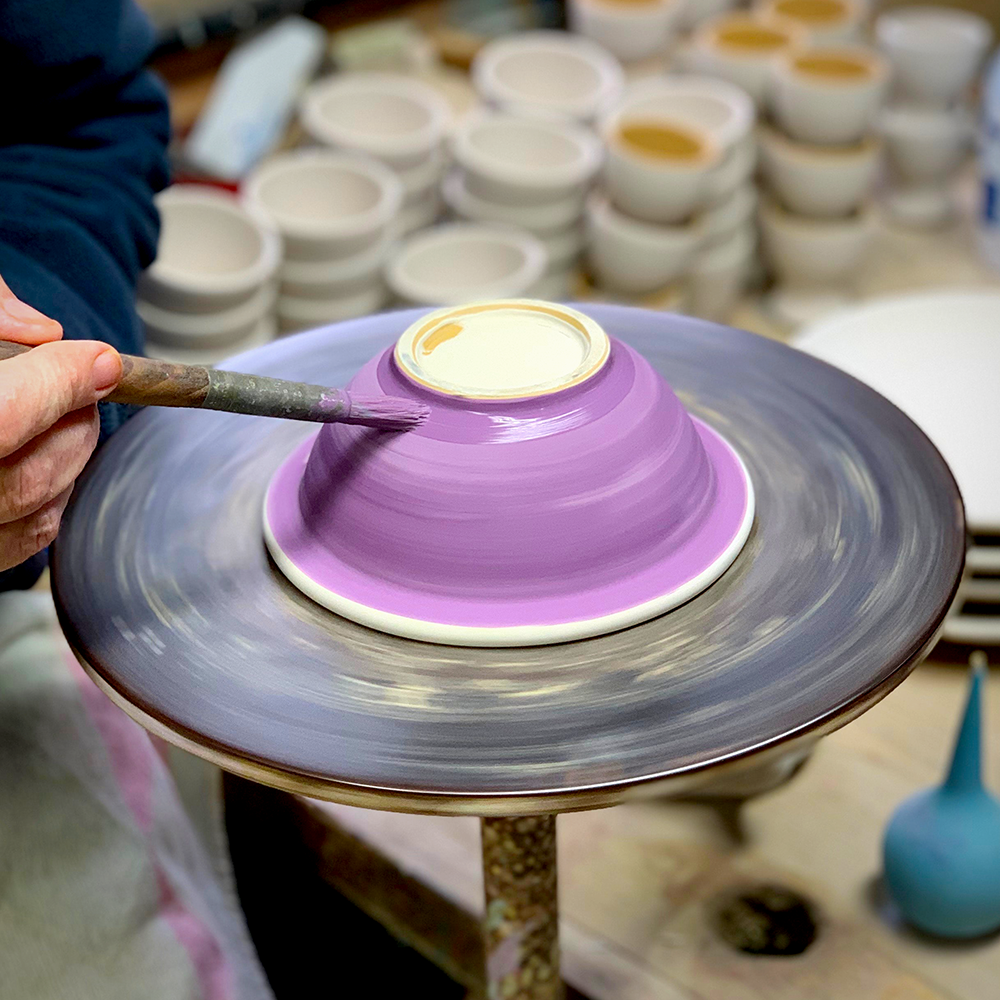
Timeless Allure of Ceramics
Ceramics have journeyed through time, evolving from ancient pottery to cutting-edge technology, yet their essence remains rooted in tradition.
The term "ceramics," originating from the Greek "keramos," beautifully encapsulates this material's rich legacy and boundless potential.
Traditional ceramics, such as pottery and cooking pots, have been used for thousands of years, while advanced ceramics are used in a wide range of industrial and technological applications.
As we continue to innovate and explore new applications, ceramics will undoubtedly remain a cornerstone of both our cultural heritage and technological advancement.
The future is indeed bright for this versatile and enduring material, promising endless possibilities and continued fascination.
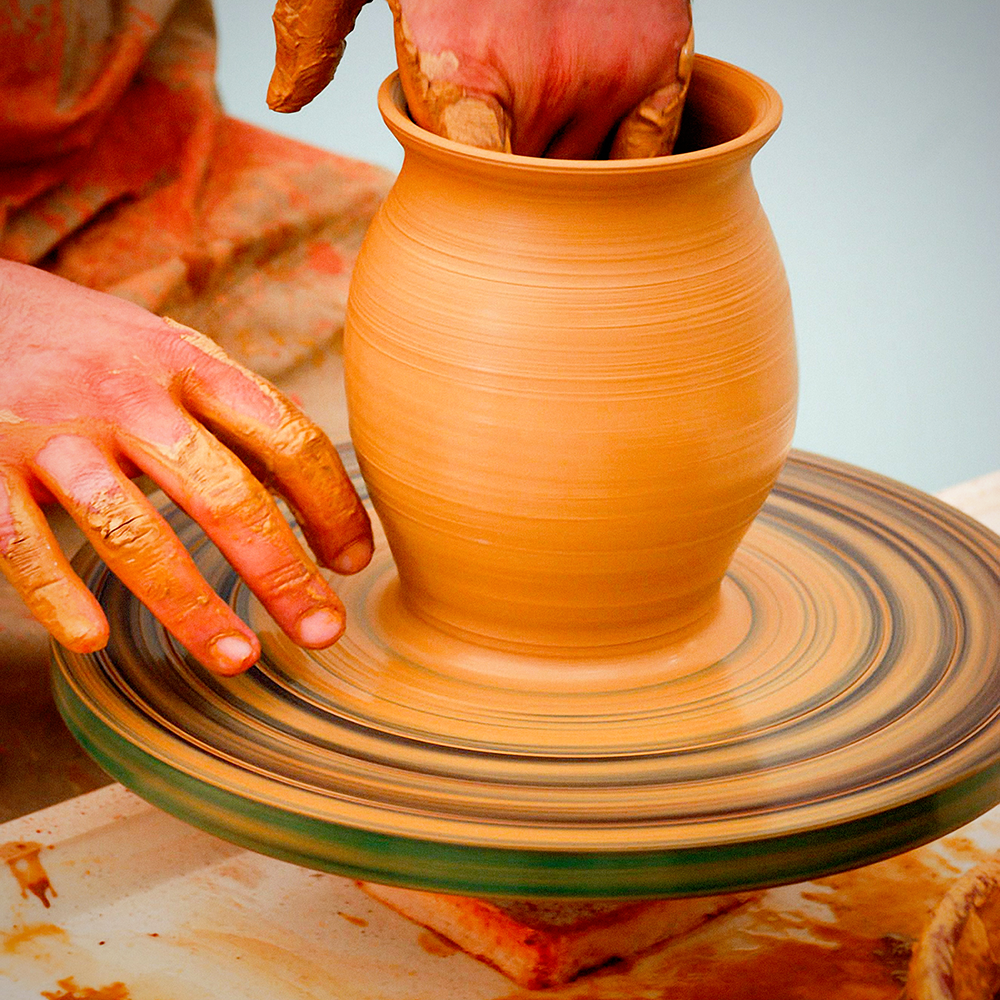


Ceramics FAQs
Welcome to our FAQs section, where we delve into the fascinating world of ceramics.
Whether you're a seasoned potter, a curious beginner, or simply an enthusiast of this timeless art form, these FAQs will provide you with valuable insights and answers to your burning questions.
From the intriguing origins of the word "ceramic" to the distinctions between traditional and advanced ceramics, we've got you covered.
Let's embark on this journey together and uncover the secrets behind one of humanity's oldest and most versatile materials.
What is the origin of the word "ceramic"?
The term "ceramics" is derived from the Greek word "keramos," which means "potter's clay" or "pottery." This word has roots in the older Sanskrit term "kṛṣṇā," which refers to the act of mixing or kneading clay.
What are traditional ceramics?
Traditional ceramics refer to the earliest forms of ceramic materials, primarily made from natural clay and other raw materials. These ceramics were typically used for creating pottery, cooking pots, and other functional objects.
What are advanced ceramics?
Advanced ceramics are engineered materials with specific properties, such as high hardness, mechanical strength, and electrical resistance. They are used in a wide range of industrial and technological applications, from aerospace components to medical implants.
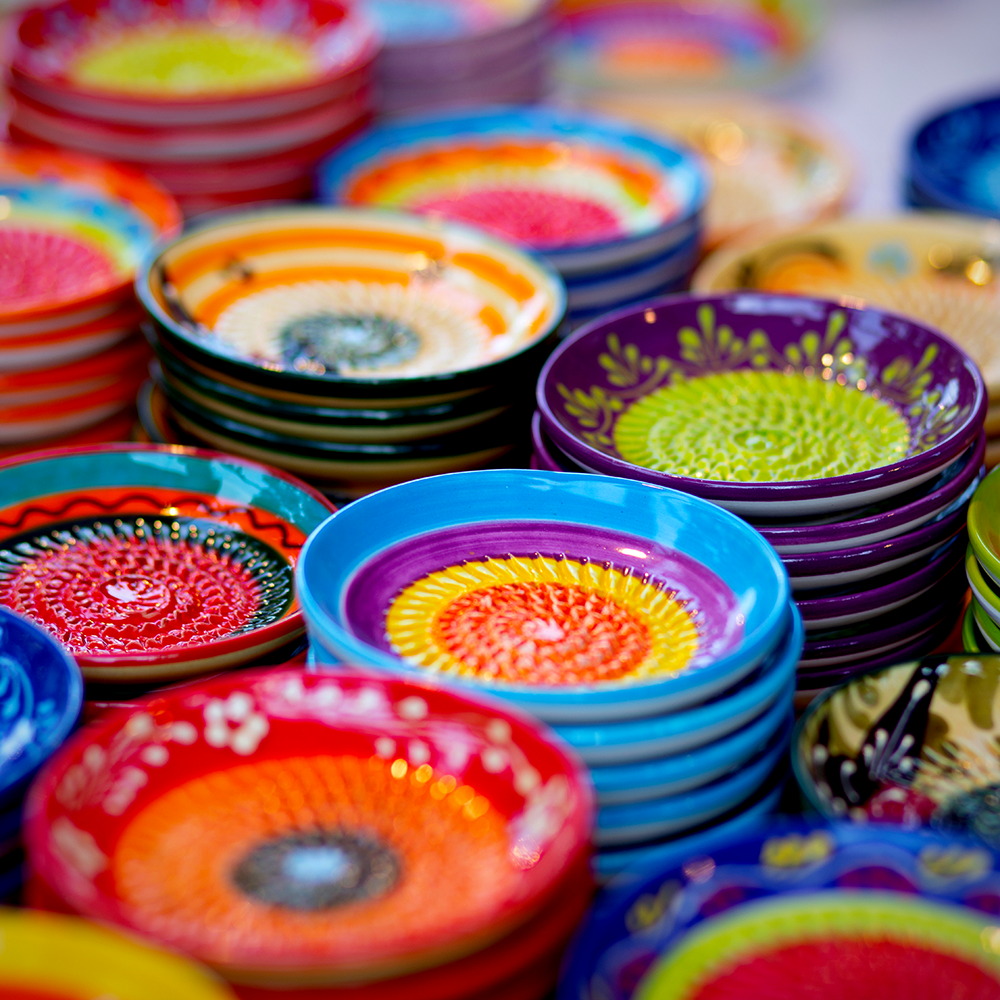

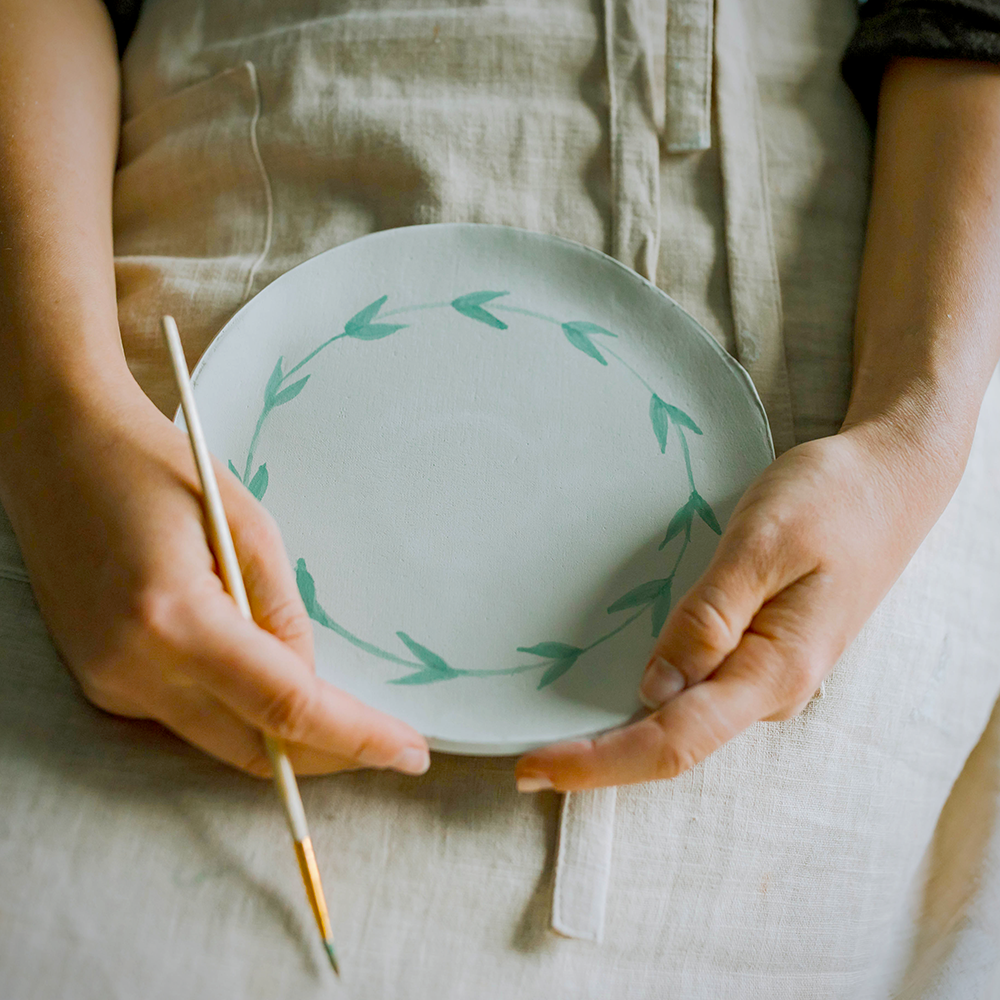
Ready to dive into the world of ceramics? Check out DavidsonArtOnline's video!
Want even more content about creativity and art?
Be sure to check out all of our creative chronicles!
Love pottery and working with clay?
Check out some of our other ceramic articles:
-What is the difference between ceramics and pottery?
-How do you identify ceramics?
-What are the 5 methods of working with clay?
-What is the difference between hand building and throwing clay?
